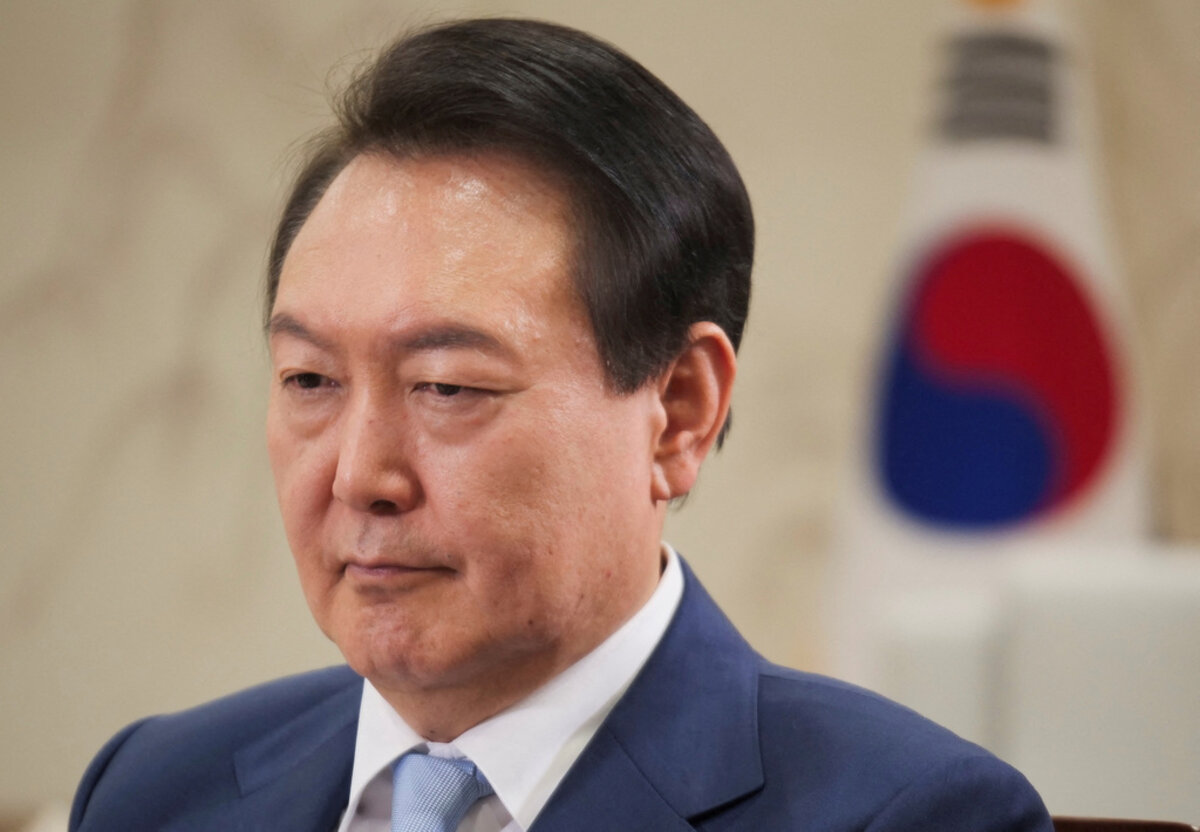A surprising number of Democrats in Congress, as well as President Joe Biden, back a measure that nullifies Washington, D.C.’s new criminal code. In this case, crime trumps D.C. home rule.
Monitor Daily Podcast
- Follow us:
- Apple Podcasts
- Spotify
- RSS Feed
- Download
 Francine Kiefer
Francine Kiefer
When I was visiting Boston from my home in Southern California last week, photos of extraordinary snowstorms in the Golden State hit my social media news feed like a blizzard. Snow atop the Hollywood sign in Los Angeles? That was definitely worth a bunch of “wow” emojis.
But since my return on Friday, I can see this situation involves a lot more serious kind of “wows” than beautiful pictures of snow-draped mountains with palm trees. Almost two weeks after this epic snowfall, many residents who live in the San Bernardino Mountains east of LA remain trapped in their homes, some without power and unable to get to food and medicine.
More than 8 feet of snow fell in the region, which is a popular recreational and residential area. Snowstorms have buried California’s mountain communities from Tahoe in the north to Yosemite National Park, which is closed indefinitely. The governor has declared a state of emergency in 13 counties, and that unleashes extra help, including from the California National Guard.
In San Bernardino County, officials admit they were not prepared to handle the deluge. Snow fell so fast their plows could not handle it, and there wasn’t enough time to bring in special removal equipment, they’ve said. In the meantime, they’ve cleared more than 450 miles of road and set up food distribution sites, but residents are angry and say officials aren’t moving fast enough.
As so often happens in a crisis, though, the residents themselves have stepped up. Volunteers and organizations have formed a group called Operation Mountain Strong to bring supplies to people who are stranded. The effort involves churches, businesses, and residents, who are getting food and other essentials to people by car, on foot, and by helicopter.
Meanwhile, more storms are on the way, and forecasters are warning about flooding. But there is an upside to what has been a very challenging winter. After three bone-dry years, more than half of California is out of drought and rapidly moving toward complete emergence.









